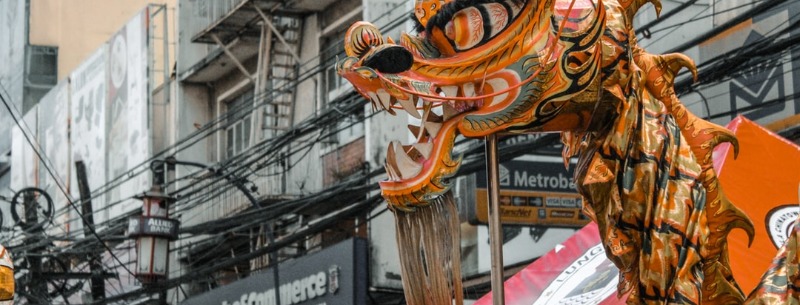Manila, capital city of Philippines
The jovial, laid-back energy of the Philippines is alive and well in Manila. The capital is a teeming metropolis that seems to always be growing, and its distinct neighborhoods offer plenty of opportunities for fun and exploration.
The most popular tourist attraction in Manila is Intramuros, a massive fort founded in 1571. Since then, it has been threatened by the Dutch, invaded by the Chinese and held by the Japanese, British and Americans. The Battle of Manila finally destroyed it at the end of the Second World War, and today visitors can walk through the ruins of the bulwarks, gates, and walls. It is best to explore the area during the day as many sections are not lit at night, and a stop at the Intramuros Visitors Center is recommended to get a free map and other useful information.
Sixty hectares of open green space, wooded areas, and paved walks provide a break from the chaos of the city at Rizal Park. Hundreds of locals and visitors head to the park each day to play music, stroll, picnic, jog and escape the bustle of the city center. Visit at dawn to watch various groups practice local martial arts and t’ai chi, or come on a Sunday evening to take in a free concert at the Open Air Auditorium. Wander through the Japanese or Chinese gardens, challenge locals to a game at the Chess Plaza or relax in the shade of the Central Lagoon.
The park was named for Dr. Jose Rizal, the revolutionary leader, and national hero. Visitors can pay their respects at the monument that contains his remains and visit the site of his execution. The last moments of his life are dramatically recreated with life-sized bronze statues, and a light and sound show takes place there each night.
Originally the summer house of a Spanish grandee, Malacanang Palace is now the president’s official residence. Tours of the palace, which contains memorabilia from the country’s past presidents, are only available by writing a letter of request at least five days in advance. It is worth the small effort to explore the beautiful building and its fascinating collections.
The Chinese population of Manila quickly thrived after when liberal administrations replaced the suppressive Spanish. Today, Chinatown is one of the most vibrant neighborhoods in the capital, straddling the Binondo and Santa Cruz districts. Although the main street of Ongpin takes just a few minutes to walk down, exploring the bustling neighborhood can take all day. The enclave is nearly overflowing with curio shops, herbalists, teahouses and intimate restaurants, and the air is thick with the scent of incense.
The vast collection at the National Museum of the Filipino People provides an excellent introduction to the country and its history. Visitors can see a huge collection of pre-Hispanic musical instruments, porcelain plates, artifacts from the country’s first known inhabitants and a number of relics recovered from the sunken San Diego. The Spanish ship went down in 1600, but many of the onboard treasures have been recovered and are now on display at the museum.
Other notable sights worth visiting in Manila include the cultural Ayala Museum, the Quiapo Church, the Golden Mosque, colonial-era Casa Manila, the Quezon Memorial Circle, the recently reopened National Gallery of Art, San Agustin Church, the Monument to Boy Scouts, the Rizal Shrine, the modern Ermita Church, the 16th-century Binondo Church and Manila Ocean Park.
Manila Geographical Location
On the eastern coast of Manila bay, Manila is the second most populated city in the Philippines but, due to its small size, is the most densely populated city in the world with approximately 1,700,000 inhabitants in the capital city.
The metropolitan area’s population is approximately 11,700,000.
Manila Language
Filipino and English are the official languages of the Philippines but the Tagalog dialect is most commonly spoken in Manila. There are eight major dialects of Filipino that include Tagalog, Cubuano, Ilocano, Hiligayon, Bicol, Waray, Pampango, and Pangasinan.
Manila Predominant Religion
- 81% Roman Catholic
- 5% Muslim
- 3% Evangelical
- 2% Iglesio Kristo
- 2% Aglipayan
- 4.5% Other Christian
- 2.5% Other
Manila Currency
The Filipino Peso is the official currency of the Philippines.
Manila Climate
It is normally hot and humid throughout the year in Manila. There is very little variation of seasons except for rainfall of which June through October experiences the most of.
Manila Main Attractions
- Manila Ocean Park
- Manila American Cemetery and Memorial
- Manila Cathedral
Other Attraction in Manila
- Salcedo Market
- Quiapo Church Square
- Manila Bay
